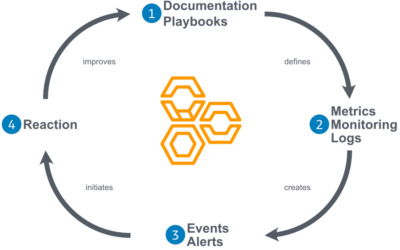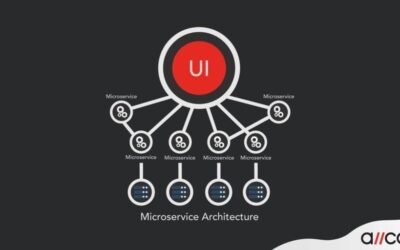Having a good DevOps loop is crucial for the continuous life cycle of a given application. Until an application project is abandoned, from the moment it is successfully launched, application maintenance is a vicious cycle of gathering user data, adding features, resolving bugs and kinks, and subsequently releasing. AWS does have the capacity to support this, but it’s fairly complex maximizing that efficiency.
Well Architected Framework
The AWS Well-Architected Tool helps you review the state of your workloads and compares them to the latest AWS architectural best practices. The tool is based on the AWS Well-Architected Framework, developed to help cloud architects build secure, high-performing, resilient, and efficient application infrastructure.
AWS Well Architected Framework Remediation
Ideally, optimization of an AWS environment should be a one-and-done task, but there are plenty of risk factors to consider and sufficient room to forget. High risk issues (HRIs) are architectural and operational decisions that could very easily negatively impact how a business works. Even with in-house help with the automated assistant tools, it is best practice to have manual third-party help to best optimize for individual needs and requirements the business may have.
How the AWS Well-Architected Tool Improves Your Environment
The AWS Well-Architected Framework is a comprehensive set of standards that serve as best practices to enhance efficiency, stability, security, and resilience within the AWS platform. These standards are known to be quite challenging to meet, underscoring the importance of seeking assistance from third-party experts to conduct a thorough review of your infrastructure. Additionally, Amazon offers a range of tools to assist in validating that your environment aligns with these stringent standards. By adhering to the AWS Well-Architected Framework, businesses can ensure their cloud architecture is optimized for success and longevity.
Mistakes to Avoid with AWS Well-Architected Framework
Understandably, AWS does require a high amount of specialized knowledge to work with. It is a highly technical platform and cloud computing is still a relatively new field of work and study. It is incredibly easy to make mistakes from both a business perspective and a technical perspective and could result in falling short of operational goals, superfluous designs, poor optimization, and vulnerabilities.
AWS Well Architected Framework Best Practices
The AWS Well-Architected Framework is a set of guidelines that help users develop their environments in a way that’s reliable, secure, efficient, and cost-effective. It’s a complicated process, but there are several key objectives that developers can and should follow when constructing a project on the Amazon cloud. Having objectives to follow can help improve establishing those benchmarks.
20 Tools to Tap into AWS Cost Savings
Plot your first-class course in the AWS cloud with AllCode’s 20 economy-fare tips.
How Cloud Computing can Benefit your Business
How Cloud Computing can Benefit your Business Maintaining your company’s digital infrastructure and hardware can overburden your IT team and put unnecessary pressure on your budget. Over the past decade, industry leaders like Amazon and Google have set the standard...
Microservice Architecture vs. Monolithic Architecture
Microservice Architecture vs. Monolithic Architecture A microservice architecture is a critical way of keeping up with the technology curve of today's ever-shifting digital world. Over the past few years, microservices have become a popular option when developing web...
Best Practices for AWS Cost Optimization
Sharon Wagner did a nice little presentation at the Silicon Valley Cloud Computing Group today.Sharon Wagner did a nice little presentation at the Silicon Valley Cloud Computing Group today. It looks like we should be leveraging Glacier storage more as it’s...








